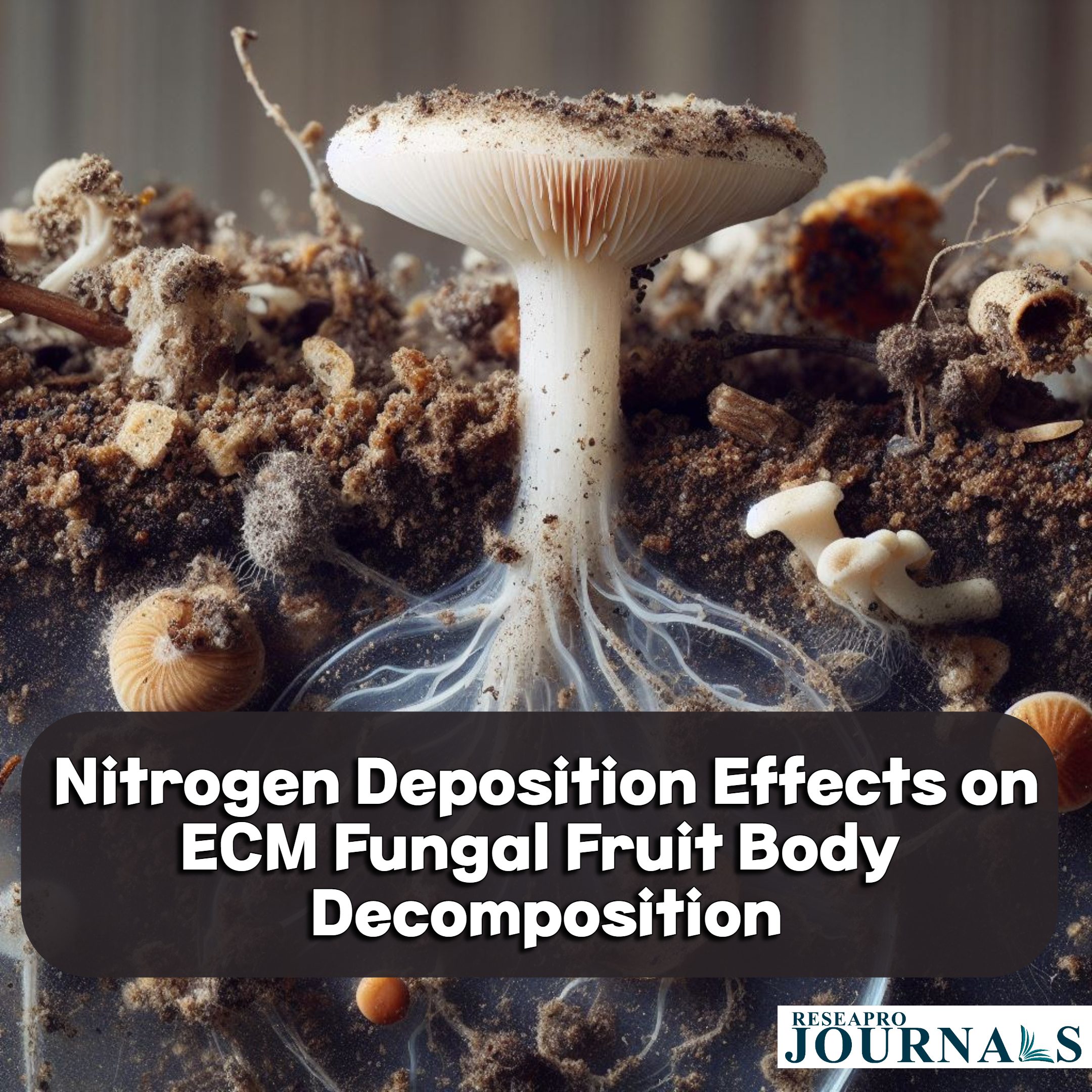A study in an ECM-dominated forest examined the decomposition of ECM fungal fruit bodies over 20 weeks under varying levels of atmospheric nitrogen (N) deposition. Results showed that N addition initially accelerated mass loss, increasing labile component release. However, N addition hindered mass loss in later stages, leading to greater retention of labile and resistant components. This shift was attributed to changes in microbial abundance and activity, with N enhancing hydrolytic processes initially but later suppressing fungal abundance and peroxidase activity. These findings emphasize the stage-dependent response of ECM fungal fruit body decomposition to N deposition, offering insights into ecological feedback mechanisms.




